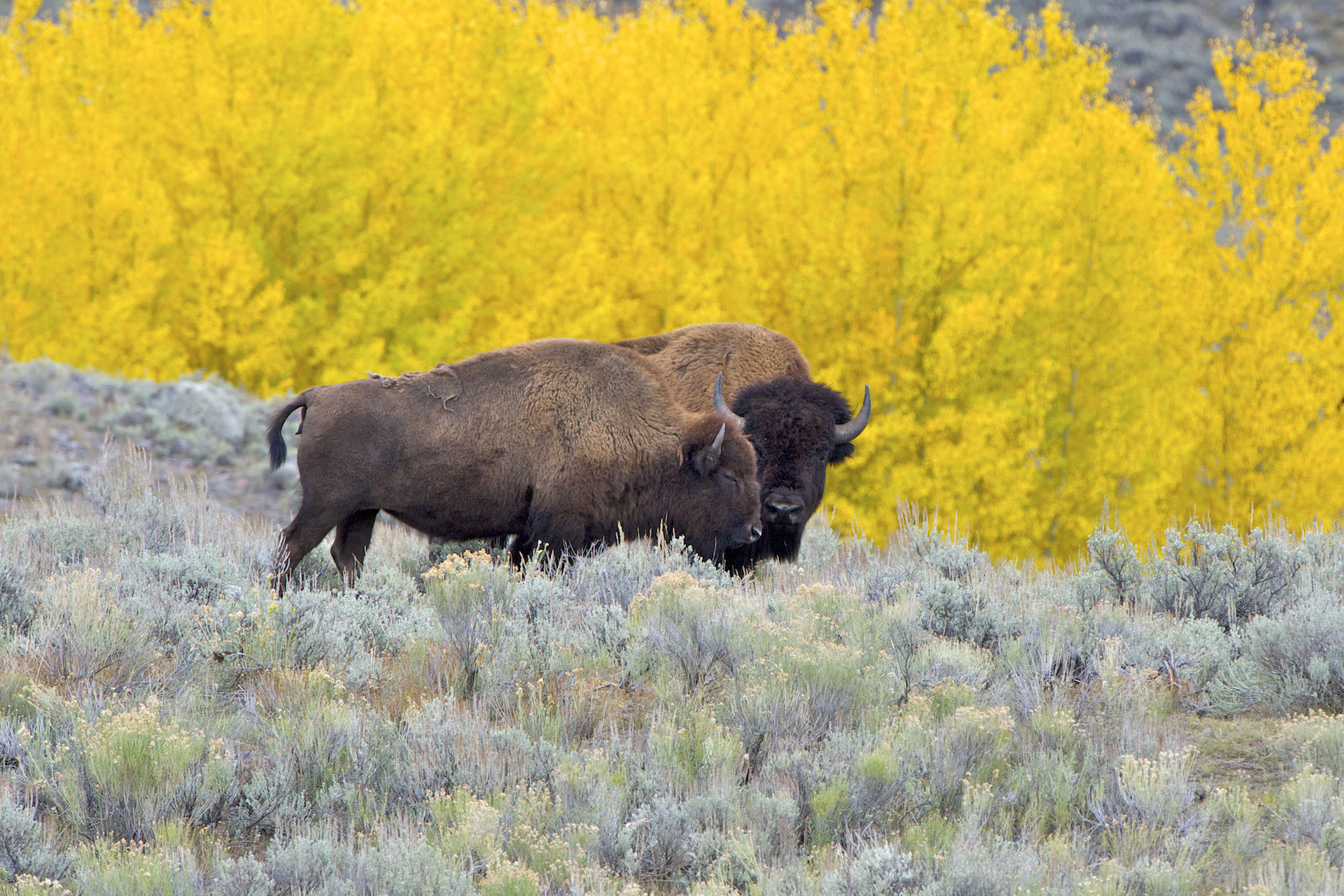|
Ribeirão, Pernambuco
Ribeirão is a city located in the state of Pernambuco, Brazil. Located at 87 km away from Recife, capital of the state of Pernambuco. Has an estimated (Brazilian Institute of Geography and Statistics, IBGE 2020) population of 47,616 inhabitants. Geography * State - Pernambuco * Region - Zona da Mata (coastal), Zona da mata Pernambucana * Boundaries - Amaraji, Escada, Pernambuco, Escada and Primavera, Pernambuco, Primavera (N); Gameleira (S); Sirinhaém (E); Joaquim Nabuco, Pernambuco, Joaquim Nabuco, Água Preta and Cortês (W) * Area - 287.98 km2 * Elevation - 97 m * Hydrography - Sirinhaém River * Vegetation - Subperenifólia forest * Climate - Hot tropical and humid * Annual average temperature - 25.1 c * Distance to Recife - 87 km Economy The main economic activities in Ribeirão are based in the metallurgy industry, commerce and agribusiness, especially sugarcane, bananas, manioc; and livestock such as cattle, american bison, buffalos, goats and ... [...More Info...] [...Related Items...] OR: [Wikipedia] [Google] [Baidu] |
Municipalities Of Brazil
The municipalities of Brazil () are administrative divisions of the states of Brazil, Brazilian states. Brazil currently has 5,571 municipalities, which, given the 2019 population estimate of 210,147,125, makes an average municipality population of 37,728 inhabitants. The average state in Brazil has 214 municipalities. Roraima is the least subdivided state, with 15 municipalities, while Minas Gerais is the most, with 853. Northern states are divided into small numbers of large municipalities (e.g. Amazonas (Brazilian state), Amazonas is divided into only 62 municipalities), and therefore they cover large areas incorporating several separated towns or villages that do not necessarily conform to one single conurbation. Southern and eastern states on the other hand, are divided into many small municipalities (e.g. Minas Gerais), and therefore large urban areas usually extend over several municipalities which form one single conurbation. The Federal District (Brazil), Federal Distr ... [...More Info...] [...Related Items...] OR: [Wikipedia] [Google] [Baidu] |
Joaquim Nabuco, Pernambuco
Joaquim Nabuco is a Brazilian municipality in the state of Pernambuco, with an estimated population of 16,011 inhabitants as of 2020, according with IBGE. Has a total area of 121,88 km2. Joaquim Nabuco was a famous Pernambuco statesman, who lived in the 19th century. Geography * State - Pernambuco * Region - Zona da mata Pernambucana * Boundaries - Bonito and Cortês (N); Palmares and Água Preta (S); Palmares (W); Água Preta and Ribeirão (E) * Area - 121.88 km2 * Elevation - 152 m * Hydrography - Una and Sirinhaém Rivers * Vegetation - Subperenifólia forest * Climate - Hot tropical and humid * Annual average temperature - 24.7 c * Distance to Recife - 119 km Economy The main economic activities in Joaquim Nabuco are based in food and beverage industry and agribusiness, especially plantations of sugarcane, manioc; and creations of cattle Cattle (''Bos taurus'') are large, domesticated, bovid ungulates widely kept as livestock ... [...More Info...] [...Related Items...] OR: [Wikipedia] [Google] [Baidu] |
Goats
The goat or domestic goat (''Capra hircus'') is a species of goat-antelope that is mostly kept as livestock. It was domesticated from the wild goat (''C. aegagrus'') of Southwest Asia and Eastern Europe. The goat is a member of the family Bovidae, meaning it is closely related to the sheep. It was one of the first animals to be domesticated, in Iran around 10,000 years ago. Goats have been used for milk, meat, wool, and skins across much of the world. Milk from goats is often turned into cheese. In 2022, there were more than 1.1 billion goats living in the world, of which 150 million were in India. Goats feature in mythology, folklore, and religion in many parts of the world, including in the classical myth of Amalthea, in the goats that pulled the chariot of the Norse god Thor, in the Scandinavian Yule goat, and in Hinduism's goat-headed Daksha. In Christianity and Satanism, the devil is sometimes depicted as a goat. Etymology The Modern English word ''goat'' ... [...More Info...] [...Related Items...] OR: [Wikipedia] [Google] [Baidu] |
American Bison
The American bison (''Bison bison''; : ''bison''), commonly known as the American buffalo, or simply buffalo (not to be confused with Bubalina, true buffalo), is a species of bison that is endemic species, endemic (or native) to North America. It is one of two extant species of bison, along with the European bison. Its habitat, historical range ''circa'' 9000 BC is referred to as the great bison belt, a tract of rich grassland spanning from Alaska south to the Gulf of Mexico, and east to the Atlantic Seaboard (nearly to the Atlantic tidewater (geographic term), tidewater in some areas), as far north as New York (state), New York, south to Georgia (U.S. state), Georgia, and according to some sources, further south to northern Florida, with sightings in North Carolina near Buffalo Ford on the Catawba River as late as 1750. Two subspecies or ecotypes have been described: the plains bison (''B. b. bison''), smaller and with a more rounded hump; and the wood bison (''B. b. athabascae ... [...More Info...] [...Related Items...] OR: [Wikipedia] [Google] [Baidu] |
Cattle
Cattle (''Bos taurus'') are large, domesticated, bovid ungulates widely kept as livestock. They are prominent modern members of the subfamily Bovinae and the most widespread species of the genus '' Bos''. Mature female cattle are called cows and mature male cattle are bulls. Young female cattle are called heifers, young male cattle are oxen or bullocks, and castrated male cattle are known as steers. Cattle are commonly raised for meat, for dairy products, and for leather. As draft animals, they pull carts and farm implements. Cattle are considered sacred animals within Hinduism, and it is illegal to kill them in some Indian states. Small breeds such as the miniature Zebu are kept as pets. Taurine cattle are widely distributed across Europe and temperate areas of Asia, the Americas, and Australia. Zebus are found mainly in India and tropical areas of Asia, America, and Australia. Sanga cattle are found primarily in sub-Saharan Africa. These types, sometime ... [...More Info...] [...Related Items...] OR: [Wikipedia] [Google] [Baidu] |
Livestock
Livestock are the Domestication, domesticated animals that are raised in an Agriculture, agricultural setting to provide labour and produce diversified products for consumption such as meat, Egg as food, eggs, milk, fur, leather, and wool. The term is sometimes used to refer solely to animals which are raised for consumption, and sometimes used to refer solely to farmed ruminants, such as cattle, sheep, and goats. The breeding, maintenance, slaughter and general subjugation of livestock called ''animal husbandry'', is a part of modern agriculture and has been practiced in many cultures since humanity's transition to farming from hunter-gatherer lifestyles. Animal husbandry practices have varied widely across cultures and periods. It continues to play a major economic and cultural role in numerous communities. Livestock farming practices have largely shifted to intensive animal farming. Intensive animal farming increases the yield of the various commercial outputs, but also nega ... [...More Info...] [...Related Items...] OR: [Wikipedia] [Google] [Baidu] |
Manioc
''Manihot esculenta'', common name, commonly called cassava, manioc, or yuca (among numerous regional names), is a woody shrub of the spurge family, Euphorbiaceae, native to South America, from Brazil, Paraguay and parts of the Andes. Although a perennial plant, cassava is extensively cultivated in tropical and subtropical regions as an annual crop for its edible starchy tuberous root. Cassava is predominantly consumed in boiled form, but substantial quantities are processed to extract cassava starch, called tapioca, which is used for food, animal feed, and industrial purposes. The Brazilian , and the related ''garri'' of West Africa, is an edible coarse flour obtained by grating cassava roots, pressing moisture off the obtained grated pulp, and finally drying it (and roasting in the case of both and ''garri''). Cassava is the third-largest source of carbohydrates in food in the tropics, after rice and maize, making it an important staple food, staple; more than 500 million pe ... [...More Info...] [...Related Items...] OR: [Wikipedia] [Google] [Baidu] |
Banana
A banana is an elongated, edible fruit – botanically a berry – produced by several kinds of large treelike herbaceous flowering plants in the genus '' Musa''. In some countries, cooking bananas are called plantains, distinguishing them from dessert bananas. The fruit is variable in size, color and firmness, but is usually elongated and curved, with soft flesh rich in starch covered with a peel, which may have a variety of colors when ripe. It grows upward in clusters near the top of the plant. Almost all modern edible seedless ( parthenocarp) cultivated bananas come from two wild species – '' Musa acuminata'' and ''Musa balbisiana'', or hybrids of them. ''Musa'' species are native to tropical Indomalaya and Australia; they were probably domesticated in New Guinea. They are grown in 135 countries, primarily for their fruit, and to a lesser extent to make banana paper and textiles, while some are grown as ornamental plants. The world's largest producers of bananas ... [...More Info...] [...Related Items...] OR: [Wikipedia] [Google] [Baidu] |
Sugarcane
Sugarcane or sugar cane is a species of tall, Perennial plant, perennial grass (in the genus ''Saccharum'', tribe Andropogoneae) that is used for sugar Sugar industry, production. The plants are 2–6 m (6–20 ft) tall with stout, jointed, fibrous stalks that are rich in sucrose, which accumulates in the Plant stem, stalk internodes. Sugarcanes belong to the grass family, Poaceae, an economically important flowering plant family that includes maize, wheat, rice, and sorghum, and many forage crops. It is native to New Guinea. Sugarcane was an ancient crop of the Austronesian people, Austronesian and Indigenous people of New Guinea, Papuan people. The best evidence available today points to the New Guinea area as the site of the original domestication of ''Saccharum officinarum''. It was introduced to Polynesia, Island Melanesia, and Madagascar in prehistoric times via Austronesian sailors. It was also introduced by Austronesian sailors to India and then to Southern China by 500 ... [...More Info...] [...Related Items...] OR: [Wikipedia] [Google] [Baidu] |
Agribusiness
Agribusiness is the industry, enterprises, and the field of study of value chains in agriculture and in the bio-economy, in which case it is also called bio-business or bio-enterprise. The primary goal of agribusiness is to maximize profit while satisfying the needs of consumers for products related to natural resources. Agribusinesses comprise farms, food and fiber processing, forestry, fisheries, biotechnology and biofuel enterprises and their input suppliers. Studies of business growth and performance in farming have found that successful agricultural businesses are cost-efficient internally and operate in favourable economic, political, and physical- organic environments. They are able to expand and make profits, improve the productivity of land, labor, and capital, and keep their costs down to ensure market price competitiveness. Agribusiness is not limited to farming. It encompasses a broader spectrum through the agribusiness system which includes input supplies, ... [...More Info...] [...Related Items...] OR: [Wikipedia] [Google] [Baidu] |
Metallurgy
Metallurgy is a domain of materials science and engineering that studies the physical and chemical behavior of metallic elements, their inter-metallic compounds, and their mixtures, which are known as alloys. Metallurgy encompasses both the science and the technology of metals, including the production of metals and the engineering of metal components used in products for both consumers and manufacturers. Metallurgy is distinct from the craft of metalworking. Metalworking relies on metallurgy in a similar manner to how medicine relies on medical science for technical advancement. A specialist practitioner of metallurgy is known as a metallurgist. The science of metallurgy is further subdivided into two broad categories: chemical metallurgy and physical metallurgy. Chemical metallurgy is chiefly concerned with the reduction and oxidation of metals, and the chemical performance of metals. Subjects of study in chemical metallurgy include mineral processing, the extraction ... [...More Info...] [...Related Items...] OR: [Wikipedia] [Google] [Baidu] |






